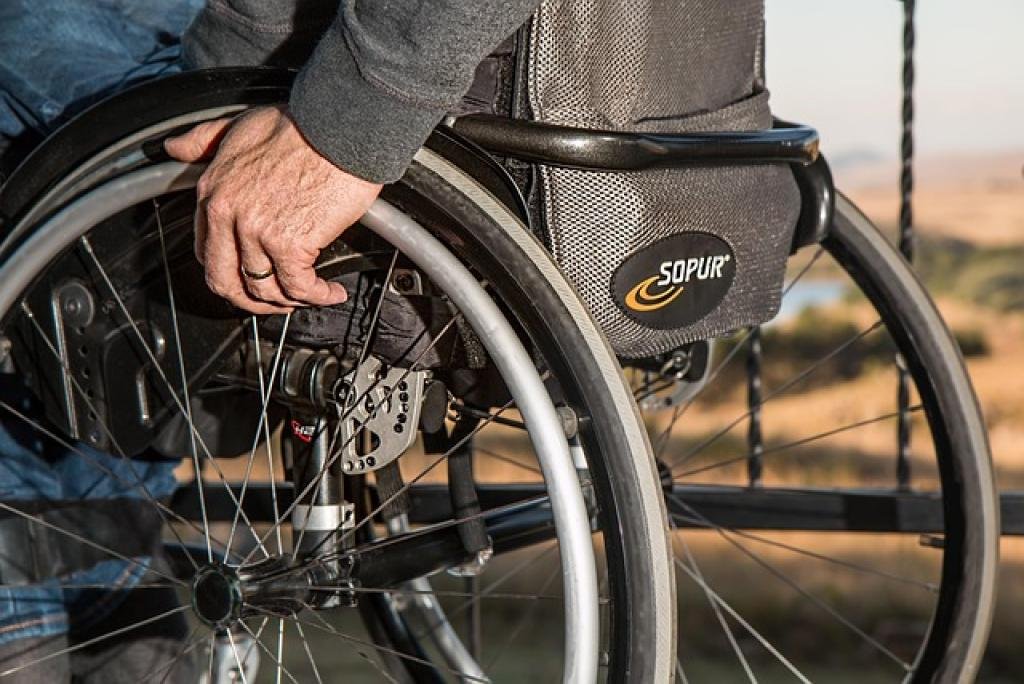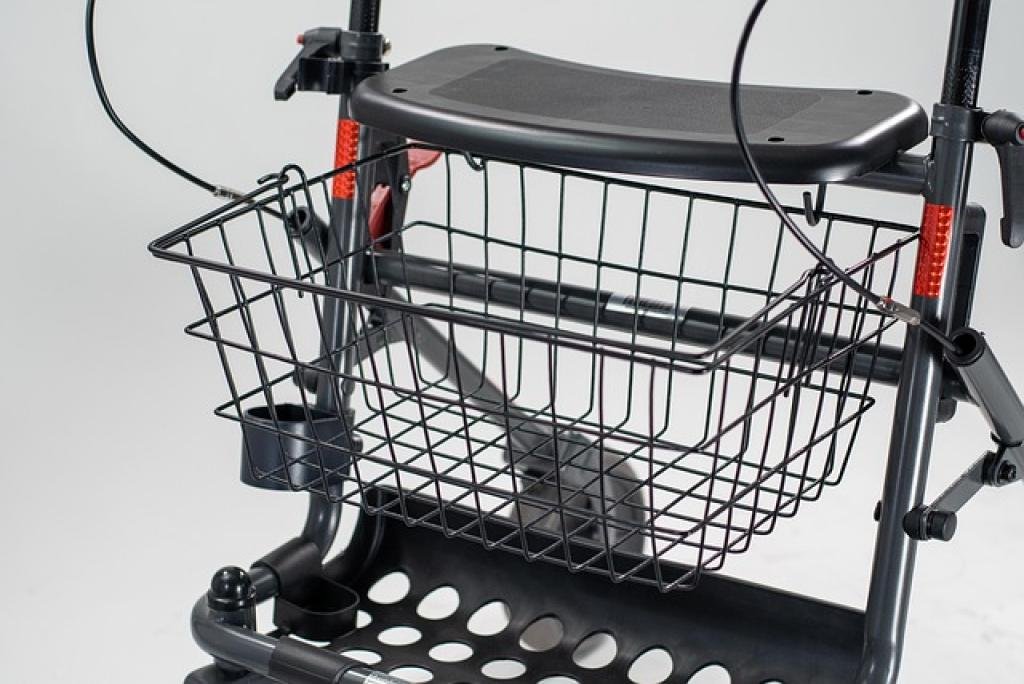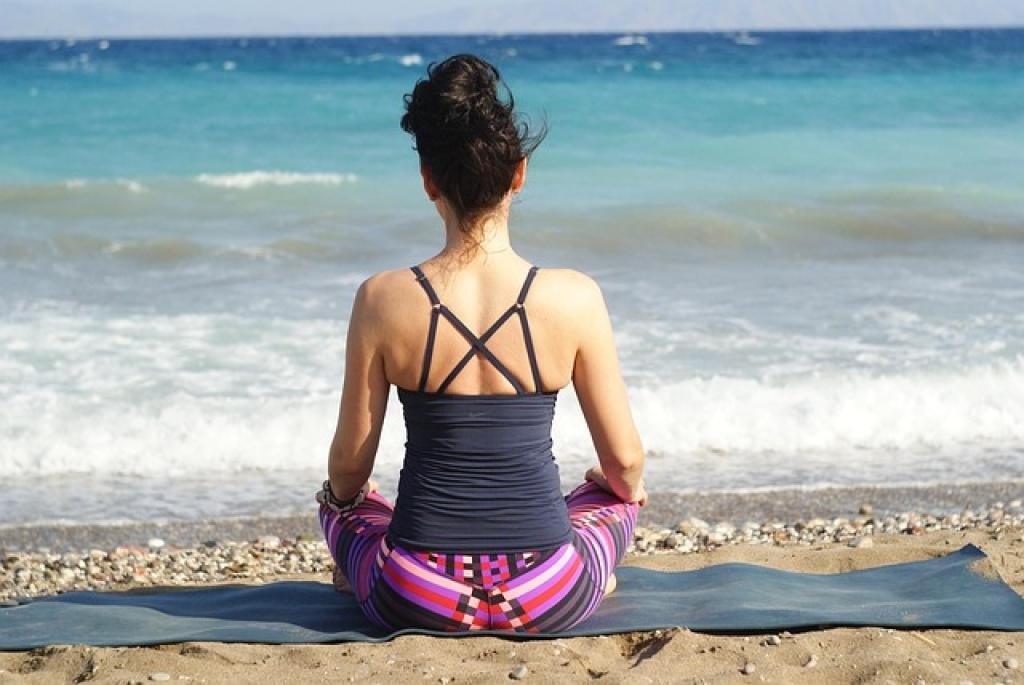We independently test and review fitness products using a research-based approach. If you buy through our links, we may earn a small commission at no extra cost to you. Read our Disclosure
Stiff hip flexors can be a real pain, both literally and figuratively. Whether you’re an athlete looking to enhance your performance or someone hoping to ease everyday discomfort, hip flexor mobility is crucial.
Incorporating foam rolling into your routine could be the game changer you need. This versatile tool helps release tension and improve flexibility, leading to more efficient movement.
Discover simple yet powerful foam roller techniques to release tightness, restore mobility, and boost your overall well-being. Unlock the secrets to happier, healthier hips and feel the difference in every step.
Understanding Hip Flexors and Mobility
The hip flexors are a group of muscles found in the front of your hip. They play a critical role in helping you lift your knees and bend at the waist. Essential for everything from walking and running to sitting and standing, they are often overlooked until they start causing trouble.
Why Mobility Matters
When these muscles are tight, not only can it lead to discomfort or pain, but it can also restrict movement, affecting your overall performance. Poor hip flexor mobility can lead to compensation in other areas of the body, increasing the risk of injury.
Having flexible, strong hip flexors isn’t just for elite athletes; it’s vital for anyone who values movement quality and ease. By enhancing your hip mobility, you allow for smoother, more efficient motion that can improve posture and balance.
Understanding how your hip flexors work and prioritizing their mobility can significantly impact your comfort and physical capability, allowing you to move confidently and pain-free.
Benefits of Using a Foam Roller for Hip Flexor Mobility
Using a foam roller for hip flexor mobility offers numerous advantages. It’s an accessible, simple tool that helps alleviate tension and stress in your hip muscles. By applying pressure, the foam roller can help break up adhesions and improve blood flow to the area, promoting faster recovery and healing.
Regular foam rolling can enhance your flexibility and range of motion. This practice not only benefits athletic performance but also aids in daily movements, making tasks like bending and stretching easier.
In addition to physical benefits, foam rolling can contribute to relaxation and stress relief. By releasing muscle tightness, it can help reduce overall body tension, leaving you feeling rejuvenated.
Incorporating a foam roller into your routine is a cost-effective way to maintain hip flexor health. It offers convenience, as you can use it at home or on the go, ensuring that your hip flexors remain functional and free of discomfort.
Correct Foam Rolling Techniques for Hip Flexors
To effectively foam roll your hip flexors, start by positioning the foam roller on the floor. Lie face down, placing the front of your hip over the roller. Support your body with your forearms and opposite leg, allowing your weight to press into the roller.
Begin rolling slowly from the hip toward the mid-thigh, focusing on areas that feel tight or tender. Pause and hold on any particularly tight spots for 20-30 seconds to allow the muscle to release.
Keep movements slow and controlled, avoiding any quick or jerky motions. Spend about one to two minutes per side, ensuring both sides of your body are equally attended to.
Be mindful of your posture and alignment during the process. Engage your core slightly to maintain stability, preventing undue strain on your lower back.
Remember, while some discomfort is normal, foam rolling should not be painful. Adjust your position or pressure if needed. Regular practice can help maintain hip flexor flexibility and improve overall mobility.

Advanced Foam Roller Exercises for Improved Hip Flexor Range of Motion
Once you’re comfortable with basic foam rolling, it’s time to explore advanced techniques for enhanced hip flexor mobility. These exercises are designed to deepen the stretch and target muscles more effectively.
Start with the hip flexor release with leg movement. Position the foam roller under your hip as before, but this time incorporate a gentle bending and extending motion of the knee. This dynamic movement targets deeper muscle fibers, increasing the intensity of the stretch.
Another effective technique involves the use of a smaller roller or rolling ball. By focusing on smaller areas, you can exert more precise pressure, hitting specific knots and tension points that a larger roller might miss.
Add rotational movements to your routine. With the roller under your hip, gently rotate your body slightly to the side to target the muscles surrounding your hip flexors. This approach enhances flexibility and helps release surrounding tissues, broadening your range of motion.
As always, maintain control and listen to your body. These advanced exercises can significantly boost your hip mobility, making movement more fluid and less restrictive.
Preventing Injury and Maintaining Hip Flexibility
Maintaining hip flexibility is crucial for preventing injuries, especially if you lead an active lifestyle. Regular foam rolling, combined with a consistent stretching routine, can significantly reduce the risk of strains and sprains.
Incorporate dynamic warm-ups before physical activity to get your muscles ready and improve their elasticity. Post-exercise, focus on static stretches to aid in muscle recovery and help maintain long-term flexibility.
Pay attention to your body’s signals. If you experience persistent pain or discomfort, it might be a sign to modify your routine, allowing for adequate rest or consulting a healthcare professional for guidance.
Strength training is also beneficial. Building strength in surrounding muscle groups provides better support and stability for your hips, further minimizing the risk of injury.
Consistency is key. Regular attention to your hip flexors—through a balanced mix of foam rolling, stretching, and strengthening exercises—keeps them resilient and ready to support you in all your endeavors.
The Bottom Line: Maximizing Hip Flexor Mobility Through Consistent Foam Rolling
Foam rolling is more than just a quick fix; it’s a proactive approach to maintaining healthy hip flexors. By consistently integrating foam rolling into your wellness routine, you can unlock a new level of flexibility and efficiency in movement.
Through learning and applying the correct techniques, from basic to advanced, you empower yourself to better manage muscle tension and improve blood circulation. This leads to not only enhanced athletic performance but also greater comfort during everyday activities.
Preventive self-care is crucial, and foam rolling plays a key role. It aids in releasing muscle tightness before it becomes a problem, reducing the risk of injury, and supporting overall joint health.
Alongside other strategies like stretching and strength training, foam rolling forms a comprehensive approach to maintaining hip flexibility. It’s about creating a balance that keeps you agile, whether you’re on the field or at a desk.
Keep in mind, like any health practice, consistency over time yields the best results. Make foam rolling a regular part of your routine, and you’ll likely notice not just better hip function, but also an improved sense of well-being.
In conclusion, harness the power of the foam roller to maximize your hip flexor mobility. With a little effort and persistence, you’re setting the stage for better movement, reduced pain, and a healthier, more active lifestyle.



